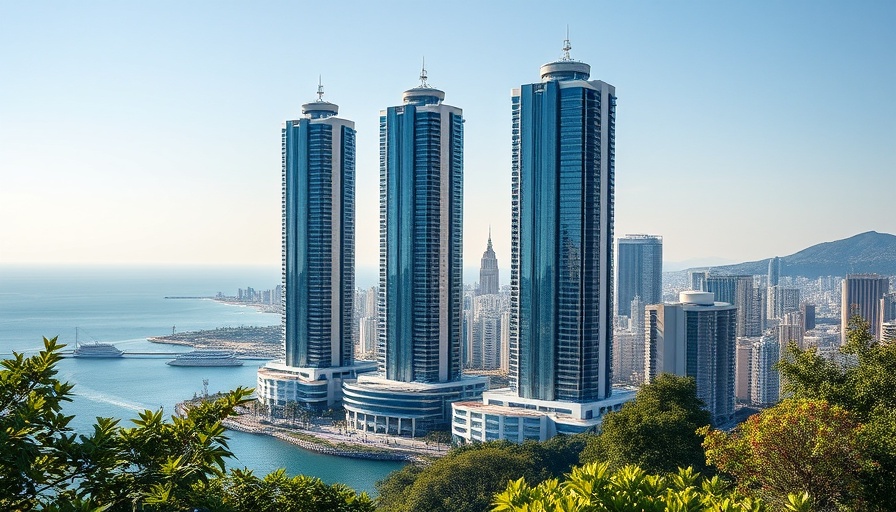
Exploring Art Deco's Evolution: More Than Just a Style
Art Deco, the vibrant aesthetic born from the tumultuous interwar years, transcends mere decorative style. This century-old movement, which began with the Exposition Internationale des Arts Décoratifs in Paris back in April 1925, symbolizes a collective desire for a new visual language that resonates with modern society. As the world transitioned from the remnants of Victorian aesthetics toward a more streamlined, modernist outlook, Art Deco served as a bold reflection of this shift.
The Cultural Context of Art Deco: Innovation Amidst Change
The 1920s and 30s, often dubbed the Roaring Twenties, were a time of dramatic societal change and artistic innovation. Art Deco emerged in a landscape marked by economic prosperity in the United States and severe economic struggles in Europe. This diversity—the rise of women's rights, the fascination with exotic themes, and technological advancements—deeply influenced Art Deco's design principles. Iconic structures like New York's Chrysler Building and innovative products like Bakelite radios represent this unforgettable era, showcasing how the movement pulled from various artistic traditions including Cubism, Futurism, and even Ancient Egyptian motifs.
The Enduring Appeal of Art Deco Design
Despite its rejection of old-fashioned styles—characterizing a break from the past to embrace modernity—Art Deco's appeal endures. Architectural landmarks and design pieces crafted in this era continue to inspire contemporary aesthetics. From London’s glamorous 60 Curzon, which blends modern luxury with classic Deco charm, to the revival of stylish apartments reminiscent of the Jazz Age, enthusiasts appreciate Art Deco's ability to harmonize the past with the present.
Navigating Remote Workspaces with Art Deco Inspiration
For digital nomads and remote workers, the principles of Art Deco can provide valuable insights when designing efficient workspaces. Emphasizing streamlined forms and elegant aesthetics, incorporating elements of Art Deco into home offices can foster creativity and productivity. Accessorizing workspaces with geometric-patterned textiles, vintage table lamps, or streamlined furniture not only enhances the visual appeal but also invokes the timeless charm of the roaring decades.
Art Deco as a Source of Motivation and Wellness
Creating an Art Deco-inspired workspace is more than just aesthetics; it can influence overall well-being. The combination of beauty and functionality in Art Deco design reflects the nature of a healthy work environment. Natural light, open spaces, and aesthetically pleasing elements promote productivity and creativity, enhancing the remote work experience.
As we reflect on Art Deco's centenary, it serves as a reminder of the connection between art, culture, and our personal environments. Embracing this style could not only beautify our spaces but also invigorate our work lives, motivating us toward efficiency and creativity.
Call to Action: Design Your Art Deco Workspace
Inspired by Art Deco? Dive into the world of timeless design principles and create your own workspace that marries beauty with functionality. Incorporate historic elements that not only make the space visually stunning but also reflect a significant era in design. Start integrating 'roaring' elements today for an invigorating remote work experience!
 Add Row
Add Row  Add
Add 




Write A Comment